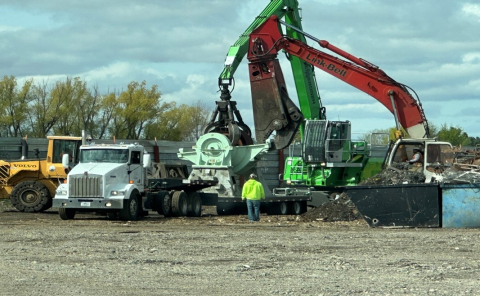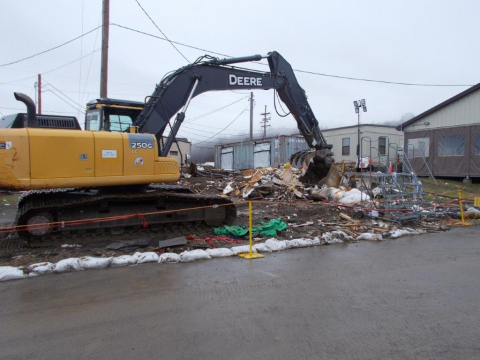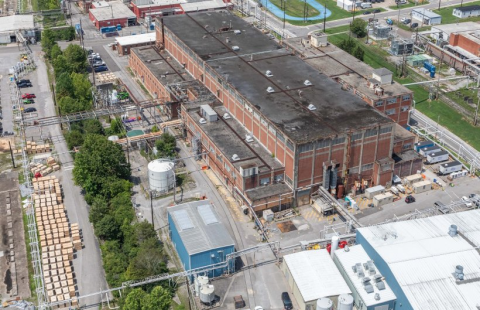
EM is achieving its environmental and sustainability goals as it demolishes two legacy nuclear reactors at the Idaho National Laboratory (INL) Site.
Developing more sustainable ways to perform work is a continuous focus on DOE’s Oak Ridge Reservation. The Oak Ridge Office of Environmental Management (OREM) and contractor UCOR made major contributions to help EM reach last year’s goal to bring at least 150 electric vehicles to the cleanup program’s fleet.

An EM team safely demolished a structure at West Valley Demonstration Project used during former spent nuclear fuel reprocessing operations as well as cleanup, including solidification of liquid high-level waste and deactivation of one of the last major facilities remaining at the site.
Crews with EM Hanford Site contractor Central Plateau Cleanup Company recently removed a large glove box from the 231-Z Building, a critical step to prepare one of the site’s oldest facilities for demolition.

EM and its cleanup contractor at the West Valley Demonstration Project have safely removed the largest of nine tanks from a liquid waste cell as part of the ongoing demolition of the Main Plant Process Building.

EM’s West Valley Demonstration Project safely demolished a former security guardhouse built in 1965, one of the first facilities constructed at the former commercial nuclear fuel reprocessing facility.

EM’s Paducah Site recently celebrated the startup of a first-of-a-kind scanning facility to ensure equipment removal from massive process buildings are properly prepared for safe and compliant disposal.

EM has released its program priorities for calendar year (CY) 2024, covering key cleanup actions, project construction, acquisition and other important activities that will further EM’s environmental mission.

EM crews in Oak Ridge have completed major deactivation efforts on a Manhattan Project-era facility at the Y-12 National Security Complex slated for demolition.

Envisioning a future for EM sites can be challenging for communities given the longevity of cleanup activities. However, when two sites have an almost identical footprint — in this case Portsmouth in Ohio and Paducah in Kentucky — the opportunity to see potential becomes clearer.

